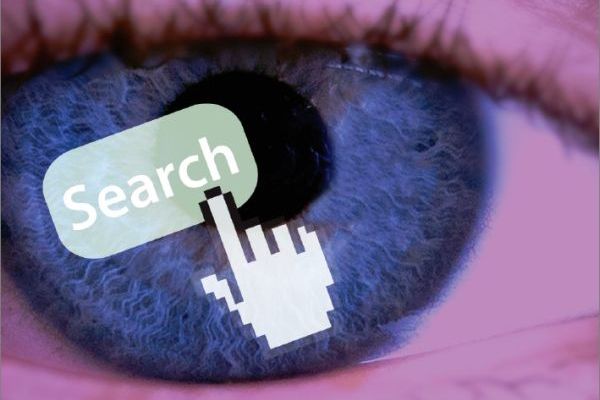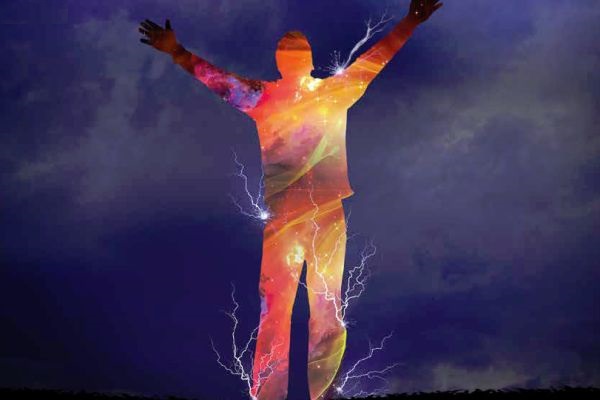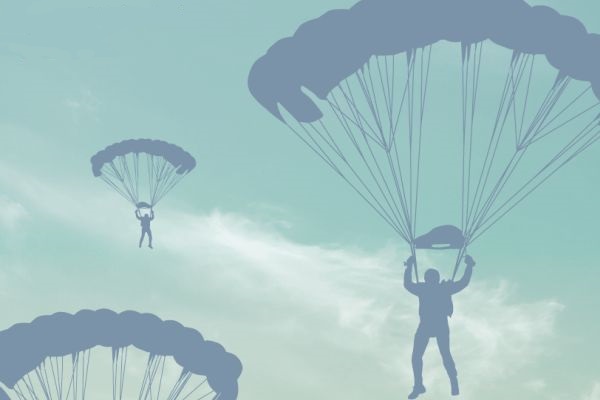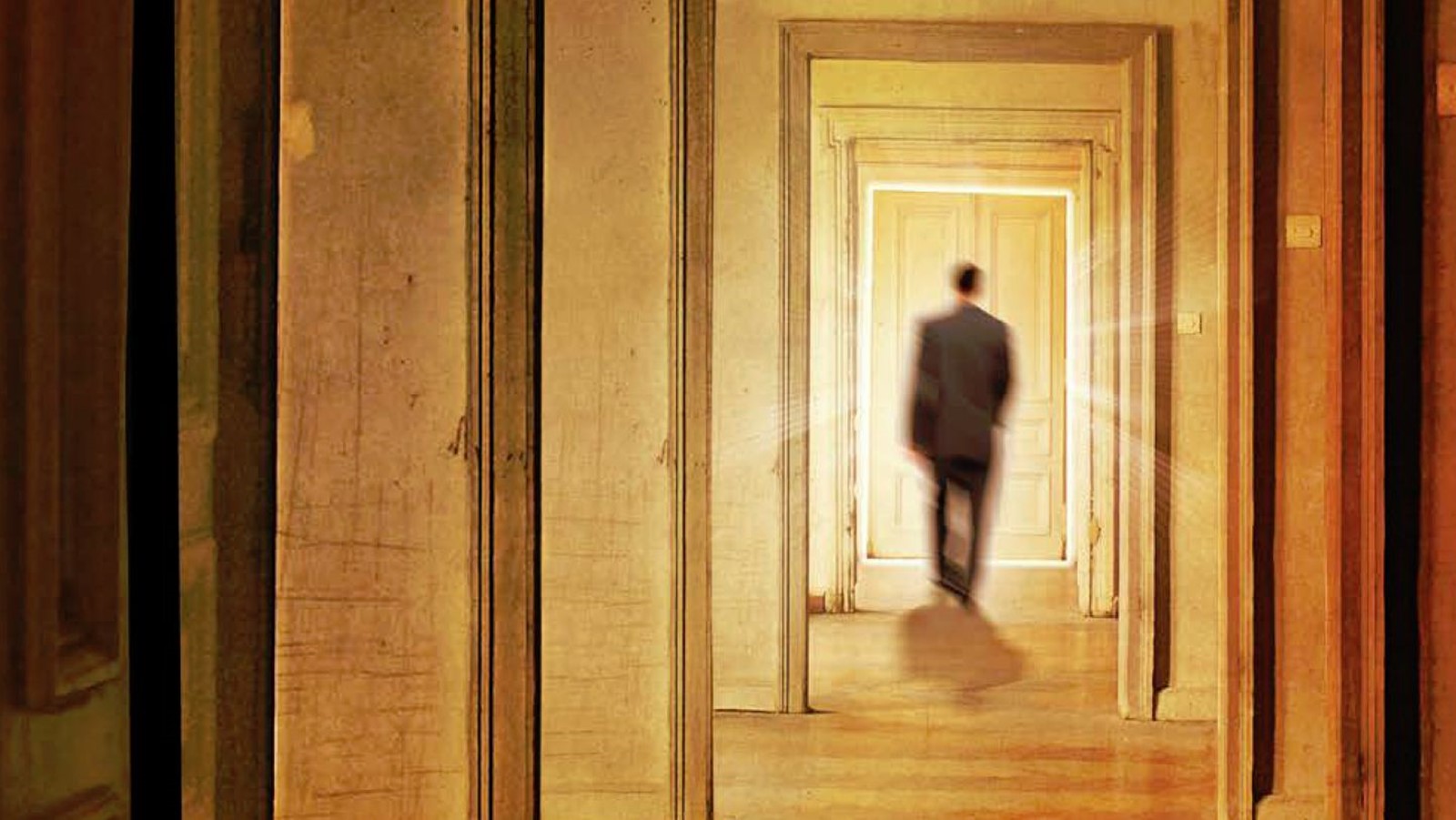The business of partnering human and horse for therapeutic and personal learning started in the United States and its presence has been steadily growing worldwide. Equine-guided learning and therapy (EGL) has a wide application, from psychotherapeutic interventions with war veterans suffering from post-traumatic stress disorder, adolescents with eating disorders and survivors of abuse through to blue-chip companies seeking a new angle on personal learning through executive leadership programmes. Taking into account its relatively recent inception, the limited research that has been done indicates promising therapeutic outcomes.1,2
Equine Affinity is a company offering EGL in both central London and the heart of the Kent and East Sussex countryside, to individuals and groups in the corporate, education and private sectors. Since 2013, we have offered a series of one-day programmes for corporate clients, including the London Business School, who provide executive education programmes, which by design are non-standard. They employ methods other than traditional classroom-based teaching to galvanise their participants. This new approach to personal development comes from the recognition that experiential work deeply impacts an individual’s ability to synthesise the learning and to remember and effect change based upon experience.
Why horses?
Horses are herd animals and, like humans, they have a social hierarchy, so useful comparisons can be made to hierarchies at work. We use horses for this work because they have a highly sensitive, attuned ‘gut instinct’. Intuitive and instinctive, they are non-judgmental and people can find it easier to build a unique bond based on trust with a horse, than with a therapist in talking therapy. When working with vulnerable clients, this can be particularly significant.
About the Equine Affinity team
Founder and horsewoman Catherine Bray started Equine Affinity in 2011, following her realisation that horses offer life lessons that go far beyond the saddle. Catherine went on to train with the Equine Assisted Growth and Learning Association – one of a number of organisations offering education in human-horse learning, before bringing together a team of professionals.
The team is made up of an eclectic mix of horse professionals, qualified psychotherapists, coaches, and a body worker. It’s the job of the team of psychotherapists to create an emotionally safe environment so that participants can explore the full depth of their personal learning. Each session is co-facilitated by a therapist or coach, and a horse professional, whose role it is to feed back to the participants her observations about how the horses are behaving in response to the humans. We also make sure everyone is briefed on their physical safety (not forgetting to point out which end bites and kicks) – these are very instinctual, herd animals after all!
About the sessions
Sessions with the horses are experiential in nature, with the idea that participants learn and discover by ‘doing’, rather than being told, or by seeing a demonstration. It’s important to point out that we are not offering a learning experience in horsemanship as all exercises are ground-based, and don’t involve riding. However, some of the exercises the participants are invited to take part in may involve the use of horse equipment – a head collar, lead rein or jumps.
So, what actually happens in an EGL session? Either one on one or in a team, participants are invited by the facilitators to complete simple tasks with the horses. They may be asked to navigate an obstacle course with the horse ‘at liberty’ (not on a lead rein), with each obstacle labelled with a post-it note, representing a particular personal or professional challenge they have faced or are facing. For example, a participant constructs a small jump for his first obstacle, labelling it ‘promotion’; next, a narrow channel of two poles on the ground for the horse to be led between, is labelled ‘squeeze on resources’; and finally, a three-sided box on the ground is labelled ‘conflict with colleague’, where the participant must ask the horse to stop and then walk backwards a few steps.
Participants are encouraged to consider aspects of themselves which are mirrored by the horse in any given exercise; for example, their intention, body awareness or leadership and communication style. We might ask participants to practise leading the horse from different positions – firstly alongside its shoulder, then out in front, and then on a long line from behind the horse. The metaphor of leading a horse from in front or alongside is evident, and the ways in which participants meet and enter into the relationship with the horse often have parallel learning for the ways in which participants meet and enter into relationships with those in the world outside and in their professional life.
We often ask the group to comment on what they saw and invite them to share it, along with our observations of how the horse responded. Group feedback, through the metaphor of the horse, can be received in a way that encourages the participant to remain open to the possibility of change. A colleague might venture: ‘I noticed that when you pulled at the lead rein and tried to run towards the jump, the horse threw its head up and its ears were back – I thought it looked scared.’ The participant might respond: ‘I didn’t see that; I couldn’t watch the horse and run – I was focusing on the jump!’ He might go on to make the connection with what sometimes happens with projects at work: that he is goal orientated, which helps him deliver results on time, but that he struggles with relationships with his team. Sometimes this realisation can be inspiring, unsettling, profound – creating a unique opportunity for insight and therefore for change.
It’s vital that neither participant nor facilitator gets drawn into a lesson of ‘how to do it properly’. Learning outcomes are not defined and, unlike many personal development programmes, sessions are minimally structured so as to allow the session to unfold in a non-prescribed way and as far as the participant’s readiness for personal growth allows them to. This in itself is a challenge, even foreign, to those whose diary, workload, expectations and outcomes are carefully planned and structured.
It is exactly this environment that our business clients are looking for when they engage our services. Katie Coates is the Client Director of Executive Education for the London Business School: ‘Our participants have often been sceptical or nervous about working with horses, so it is great to see them learning about themselves, intimacy, trust and forming relationships through the horse. Many leave feeling humbled by what the horse can teach them, and they are still reflecting on the impact of the workshop and how it relates to their personal and professional lives for a long time afterwards.’ The feedback we receive often tells us that it is hours or sometimes days later that the full impact of the exercises with the horses is felt, as participants ponder the arena/workplace parallels.
Understanding organisations
Several of our Equine Affinity facilitators have a corporate background with an understanding of how an organisation’s culture can impact on an individual, and how this can relate to the herd mentality in horses. Sometimes, the exercises can elicit competitiveness – with an individual seeking to be the one who can run fastest with the horse, or be the most daring, asking the horse to jump higher than his colleagues. This may reflect their competitiveness in the workplace, a trait that may serve, or not serve, the individual well. Here, we have an opportunity to remind the group about the ethical considerations of working with animals at our bequest and how, in order to get the most out of our equine partners, their needs and integrity must be considered at all times.
Congruence and hierarchy
Horses do not recognise the ‘false self’ developed in defence by humans, a mask which can help them to survive in the workplace. Non-verbally, they authentically reflect back the emotional state of the person, so if someone learns to change their behaviour, the horse will respond differently. They are therefore very congruent ‘mirrors’, and the feedback is instant, which is why participants can take away such significant insights.
Corporate participants often arrive at this work seeking a unique experience that is unlike other personal development programmes – one which will be a challenge in new and different ways. The process of experiencing and interpreting feedback that the horses provide is subtle, with an individual reading into an experience that which he/she is able to accept. Other group participants are also asked to share their observations of an exercise so that the participant has a chance to hear how he/she is experienced by his/her two-legged, as well as four-legged, friends!
Facilitators are well-versed in managing a range of personalities and this is especially important within a group context – ensuring that each group member has the opportunity to carve their own space and experience from the exercise. Group sessions have many parallels with the working world – how members organise themselves and others, the nuances of hierarchical organisations, and of course, leadership styles. Perceived group successes or failures can provide startling insight into group dynamics.
Group dynamics
One group was asked to collectively design an exercise and decided to build a mini obstacle course through which they would lead the horse without using a lead rope. The horse rebuffed the attempts of several participants to coerce it into action and simply stayed still, her four feet planted squarely on the ground. Minutes passed. Two members of the group tried to ‘shoo’ the horse in an attempt to provoke movement, then tried physically pushing its hindquarters. Nothing happened.
Two other group members who, until this point had hung back, approached the horse quietly. They laid their hands on the horse’s neck and forehead, stroking it. The horse responded by lowering its head, almost sleepy. The participants could be heard talking softly to the horse. They then turned and walked away from the horse and it began to follow them.
Time was up. We came back together as a group and shared our experiences of what had just happened. Some group members felt the exercise was a failure – they had not completed the task they had set themselves, and were frustrated that their various attempts to move the horse had not worked. They wanted to know from us, the facilitators, ‘how to do it’. They felt the group had not worked together – either in the planning or execution of the task.
The two quietest group members, who had approached and stroked the horse, seemed elated. They spoke of the wonderful resonance and deep connection they felt ‘meeting’ the horse in this way, and that it had followed them without being pushed. They beamed, saying the moments they shared with the horse had been a highlight of their day. These observations opened up a discussion about how tasks were approached by different group members at work, and how perceptions of success and failure are deeply personal.
Bodies at work
Horses are innately instinctive and function through the messages they receive through their bodies. At Equine Affinity, we work with the involvement of a body-mind educator because we believe that the most important lessons of EGL are learnt through somatic experience. Humans rely far more on a ‘thinking’, rational brain, so the bodywork exercises weaved into the day of EGL offer gentle reminders of how to get back in touch with bodily sensations and the present moment.
Increased awareness of the body is fundamental to being embodied. When we inhabit our bodies, we are better equipped to set up an authentic communication with the horses, which leads participants to a more enriching experience of their own process, that of witnessing themselves and others more clearly. Developing this ability to be a witness to our lives, enables us to move through challenging work and personal situations with less criticism and greater understanding.
Sceptics and misconceptions
It is not unusual for us to come across participants who are sceptical about our work. Some question what on earth they are doing, having found themselves in the middle of the countryside in the ring with a horse or two, saddled with the expectation of a light bulb moment of personal insight. Some struggle with the translation of metaphor into learning outcomes that map across to their personal or professional lives.
If a participant does arrive, perhaps as a part of a corporate ‘away day’, and is not prepared, willing or able to reflect and be open to feedback about how they are experienced by others, and to work with the metaphors available (they are not ‘therapy ready’), it is possible they will come away with a narrow view of the work and its application. A participant in the same group and at a different place in their personal and professional journey may have one of the most transformational experiences of their lives. Such is the nature of the beast (sic).
Many people have misconceptions about EGL and it is often described as ‘horse whispering’, a horse training technique where the human interacts with the horse, using body language and communications that are closer to the language of the horse. EGL is different to horse whispering, although participants do learn about horses, when spending time with them in the sessions. Ultimately, the goal is for the client to learn about themselves and not a horse training technique.
Occasionally, a participant may have a fear of horses – so they will have an extra obstacle to overcome, but this is not insurmountable. However, as members of the helping professions, often we are drawn into ‘doing’ something to ‘fix’ a situation or issue – working with horses can be a peculiar lesson in not doing, something that takes quite a lot of practice! If we still ourselves and pay attention to our horse tutors, an environment where learning and growth can take place is allowed to develop.
Closing thoughts
While EGL can provide a significant learning opportunity for individuals, it is important to realise the limits of this work. In the corporate arena, what is offered is not a long psychotherapeutic treatment – clients come for only part of one day, so EGL is an intervention – not a psychological journey.
However, we are in the business of planting the seeds of change and offer a unique way in which people can get in touch with their intuitive sense, communicating with another being non-verbally. Transplanting people from their busy working lives, and necessitating a focus on the here and now means important insights can be gleaned, informing not just how we are at work, but also who we are at work.
Suzanne Slade is a UKCP registered psychotherapist and appears on the UKCP specialist register of people qualified to work with children and young people. Alongside her work with Equine Affinity, Suzanne works in private practice in Richmond, South West London, seeing children, adolescents and their families for psychotherapy and counselling.
www.holdingmind.com, www.equineaffinity.co.uk
More from Counselling at Work

Sex offenders, pornography and the workplace
Open article: How would you work with a sex offender in a workplace setting? Juliet Grayson, Chair of (StopSO), challenges some misconceptions and offers advice. Counselling at Work, Autumn 2015

Cyberwork: Cyberslacking - internet use policies at work
Open article: In her regular column Kate Anthony says internet use policies protect both the employee and the employer. Counselling at Work, Summer 2015

Workplace matters: Rolling with the punches
Open article: "Everyone faces setbacks and disappointments but it is how we deal with them that is key." Regular column from Sandi Mann. Counselling at Work, Spring 2015
References
1 Kemp K, Signal T, Botros H, Taylor. Prentice K. Equine facilitated therapy with children and adolescents who have been sexually abused: A program evaluation study. Journal of Child and Family Studies 2014; 23(3): 558–566. http://link.springer.com/article/10.1007/s10826-013-9718-1
2 Klontz BT, Biven A, Leinart D, Klontz T. The effectiveness of equine-assisted experiential therapy: Results of an open clinical trial. Society and Animals 2007; 15: 257–267. (similar model to EAGALA model – Equine-Assisted Experiential Therapy).
